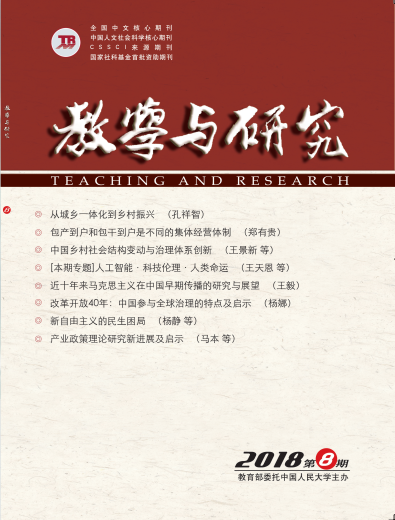Chinas participating into global governance has experienced three stages, pursuing independence and at the marginal of international governance system which is “standing up” stage, close connection between domestic economic interest and global economic system which is “getting rich” stage, leading global governance process and actively providing global public goods which is “getting strong” stage. Tracing history, Chinas participating in global governance has changed in several aspects, the features are, the attitudes towards international institutions shifting from alienation, attending to leading, actors of participation from single to multiple, participating fields from concentrating on economics extending to omnibearing, participating path from obeying international rules to promoting reforms and innovation, and forming global governance ideas with highposition and widefield. The influential factors include, Chinas power increasing, interweaving between domestic issues and global issues, international systems transformation and global governance failure. The enlightenment of Chinas attending global governance involves, seizing historical opportunity relying on strong national power, prudently exerting national power to lead global development, matching the goals and path between state governance and global governance, global responsibility promoting international discourse, and synchronously developing both the practice of reform and openingup and updating ideas of globalization.



